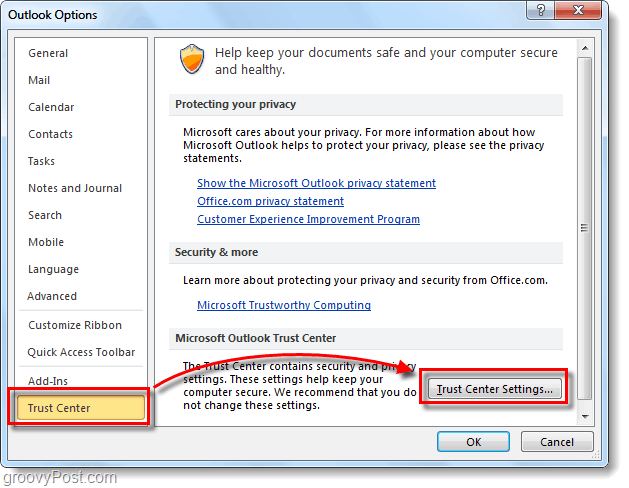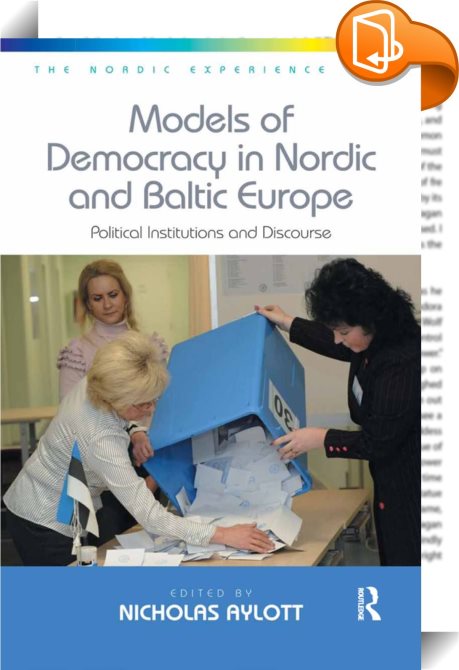Computer Architecture By Nicholas P Carter Pdf Viewer
Description of the book 'Schaum's Outline of Computer Architecture': Master the fundamentals of computer architecture with 'Schaum's' - the high-performance study guide. It will help you cut study time, hone problem-solving skills, and achieve your personal best on exams and projects! Students love 'Schaum's Outlines' because they produce results.
CS265 - Computer Architecture Computer Science 265 Computer Architecture Keene State College Fall Semester 2010 ﹛ Instructor Dr. Wei Lu Science 158 603-358-2604 (Office) Course WebSite Course Prerequisites CS 185 Office Hours Monday, Wednesday 2:30pm-4:00pm; also available any time for short questions, or make an appointment by email Lecture Schedule Monday, Wednesday 12:00pm-1:45pm, Science Center, 163 Required Text Comer, Douglas E.
ESSENTIALS OF COMPUTER ARCHITECTURE Pearson Prentice Hall, 2005 ISBN: (Nov. 6, 2010): assignment #6 and solution of Assignment #4 added (Nov. 6, 2010): reference text on Closer Look at Instruction Set added as supplemental material (Nov.
6, 2010): slides for Processor-IV and Processor-V added (Oct. 27, 2010): slides for Processor-III added (Oct. 27, 2010): reference text on MARIE processor/architecture added (Oct. 25, 2010): slides for Processor-II added (Oct.
25, 2010): tutorial on MARIE processor simulator added (Oct. 20, 2010): slides for Processor-I added (Oct. 20, 2010): supplemental materials on Introduction, Memory and Data Representation added (Oct. 13, 2010): slides for MidtermOneReview added (Oct. 13, 2010): slides for Memory-IV added (Oct. 7, 2010): slides for Memory-III added (Oct.
7, 2010): slides for Memory-II added (Oct. 3, 2010): time for the first midterm exam is scheduled at 12:00pm to 1:45pm, Oct. 18, 2010 (Sep.
30, 2010): slides for Memory-I added (Sep. 30, 2010): slides for vonNeumann-II added (Sep. 24, 2010): slides for vonNeumann-I added (Sep. 24, 2010): slides for Introduction-II added (Sep. 22, 2010): solution for assignment #1 added (Sep. 15, 2010): slides for Introduction-I added (Sep.
13, 2010): slides for DataRepresentation-III added (Sep. 9, 2010): the first assignment added in - Assignment1.pdf in the folder 'Assignments' (Sep. 9, 2010): slides for DataRepresentation-II added in the folder 'Lecture Slides' of 'Course Material' (Sep. 5, 2010): slides for DataRepresentation-I added in the folder 'Lecture Slides' of 'Course Material' (Aug. 27, 2010): course syllabus added in the folder 'Syllabus' Date Topics Sections in Text and Slides Remarks 1 Aug.
30 Course Administration N/A syllabus, course admin. 1 Data Representation I 2 Sep. 6 No Class ﹛ Sep. 8 Data Representation II is due Wed., Sep. 15 2010 3 Sep. 13 Data Representation III in class Sep. 15 Introduction to Computer Architecture I 4 Sep.
Computer Architecture By Nicholas P Carter Pdf Viewer Free
20 Introduction to Computer Architecture II Sep. 22 vonNeumann Architecture I is due Mon., Oct. 4 2010 5 Sep.
27 vonNeumann Architecture II in class Sep. 29 Memory I in class 6 Oct. 4 Memory II ﹛ Oct. 6 Memory III in class 7 O ct. 11 Memory IV in class and is due Mon., Oct. 13 Midterm #1 Review ﹛ in midterm exam 8 O ct. 18 Midterm ﹛ ﹛ Oct.
20 Processor I Supplemental 9 O ct. 25 Processor II MARIE Simulator Introduction is due Mon., Nov. 27 Processor III: MARIE Simulator Introduction in class Supplemental 10 N ov. 1 Processor IV MARIE Simulator Introduction is due Mon., Nov. 8 2010 in class N ov. 3 Processor V: Closer Look at Instruction in class Supplemental Computer Architecture (CS-265) is an introduction to the architecture of digital computer systems. The course begins with the introduction of basic concepts: machine level representation of data and Boolean algebra, continues with the discussion of the basic computer architecture elements: gates, combinational and sequential logic, hardware arithmetic, structure and organization of the central processing unit and memory, and finishes with low-level programming using primitive machine instructions including instruction sets and addressing modes.
Supervised laboratory work involves logic circuit design using a digital logic simulator and assembly language programming using a MARIE simulator. All computer science is based on the computer. Thus, to be a computer professional requires an understanding of how computers do what they do. This course provides an introduction to the inner-workings of the computer, especially the processor and memory functions and deals with the interactions of programming with the underlying hardware components. In your CS courses up to this point you have been writing programs that control a computer.
You have used these programs to get the computer to perform particular tasks. But how is the computer able to understand the language of your program?
What is inside that box we call a computer that allows it to carry out the program? These are the fundamental questions that we will be answering this semester. The overall goals of students during studying the course will be to:.
Design circuits at the gate level to understand how these circuits are organized to build computer components and a computer from a hardware point of view. Design microcode sequences that implement machine level instructions. Upon successful completion of Computer Architecture, students should have an increased awareness of low-level programming operations and better understand how all programming code interacts with the critical resources of the computer system. In particular, students should at least be able to:.
Understand how data is represented and manipulated on the computer. Convert between decimal, binary, and hexadecimal representations for numbers. Describe the operation of various logic gates and the theory (Boolean algebra) behind them. Use Boolean expressions to describe functions of simple combinational and sequential circuits. Describe the implementation of basic arithmetic operations by digital circuits.

Explain the basic organization and major functional units of the von Neumann machine. Describe how a CPU performs instructions during the fetch-decode-execute cycle and how the memory supports its actions.


Driver converter stick ps2 cheat game. Summarize how instructions are represented at machine levels and in context of a symbolic assembler. Identify different instruction formats, such as addresses per instruction and variable length versus fixed length formats. Understand how computer memory works, types of memory and addressing. Write and debug simple assembly language program segments.